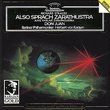| All Artists: Stacy Title: Bach, Telemann: Oboe d'amore Concertos Members Wishing: 3 Total Copies: 0 Label: Naxos Original Release Date: 1/1/2008 Re-Release Date: 5/27/2008 Genre: Classical Styles: Forms & Genres, Concertos, Historical Periods, Baroque (c.1600-1750), Instruments, Reeds & Winds, Symphonies Number of Discs: 1 SwapaCD Credits: 1 UPC: 747313073573 |
Search - Stacy :: Bach, Telemann: Oboe d'amore Concertos
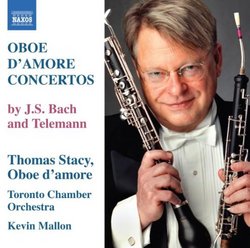 | Stacy Bach, Telemann: Oboe d'amore Concertos Genre: Classical
|
Larger Image |
CD DetailsSimilar CDsSimilarly Requested CDs
|
CD ReviewsBeautiful Baroque Music John Galm | Boulder, Colorado United States | 07/19/2008 (5 out of 5 stars) "If you are seeking a refreshing, innovative, lyrical and above all a high art of musicality, this CD of Thomas Stacy playing the Oboe d'amore with the Toronto Chamber Orchestra featuring concerti by Bach, Mallon and Teleman is for you. So often an "authentic performance" of Baroque music is "correct" but musically lacking. Not so these performances. The tempi are just right for allowing the ornaments to flourish and the lyricism to soar. This music requires a direct sense of focus toward the tonality with the embellishments decorating like laced cuffs. The trills, mordents etc. are always superbly placed by Mr. Stacy but never interuupting the musical direction. Ah, the lyricism of the second movements is beyond verbal description. As the oboe d'amore shows its compelling quality of beautiful love in the performance of Mr. Stacy. A joyful new life to this musical genre. Bravo! John K. Galm Professor Emeritus, College of Music University of Colorado" Lovely performances on the "oboe of love" Chris von Rosenvinge | 07/14/2008 (5 out of 5 stars) "Thomas Stacy, veteran English hornist of the New York Philharmonic, is the world's preeminent performer on the instrument. In this delightful recording of four concerti for oboe d'amore (Italian for "oboe of love"), pitched between English horn and oboe, Stacy demonstrates his technical mastery and singing tone on this less familiar member of the double-reed family. Stacy performs two concerti by Georg Philipp Telemann (1681-1767), himself a player on the oboe d'amore. In between, Stacy performs two concerti reconstructed from harpsichord concerti, BWV 1053 and BWV 1055, by J.S. Bach (1685-1750). Since the harpsichord concerti are thought to be Bach's transcriptions from his earlier concerti for oboe or oboe d'amore, now lost, they are appropriately reconstructed for oboe d'amore. Stacy performs all four concerti with remarkable dexterity, perfectly articulated ornaments, and, in the slow movements, gossamer pianissimi and great sensitivity. The Toronto Chamber Orchestra, under Kevin Mallon, performs on modern instruments, but with notable lack of vibrato, in keeping with Baroque performance style. Stacy adds judicious amounts of vibrato, particularly in the slow movements; the Bach slow movements are especially worth hearing." Funereal Baroque Ross Kennett | Narooma, NSW Australia | 06/25/2008 (3 out of 5 stars) "Bach, Telemann: Oboe d'amore Concertos
This is a most disappointing recording. I am familiar with both the Telemann and the Bach concertos, they are fine works, and with Mallon and his Toronto based ensembles, they have recorded quite a number of very good CDs. So what's wrong here? Simply the funereal tempos used, especially with the Bach. BWV 1055 is a massive 26% slower than the average of the 3 other versions I have, and BWV 1053 is 17% slower. The Telemann is not so bad, 7% slower. I agree that it is the soloist's and conductor's task to interpret the work, but to me the funereal pace destroys the joyfull nature of these concertos, in particular the Bach. There are plenty of other versions of the Bach, my favourite is that by Cafe Zimmerman on Alpha, and the earlier Naxos recording by Hommel with the Cologne Chamber Orchestra is readily available at bargain price. " |

 Track Listings (14) - Disc #1
Track Listings (14) - Disc #1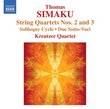
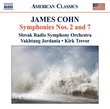

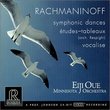



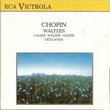
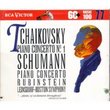

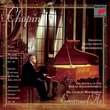

![Gershwin: Porgy & Bess [With Members of the Original Cast]](https://nationalbookswap.com/cd//m/71/7871/117871.jpg)

